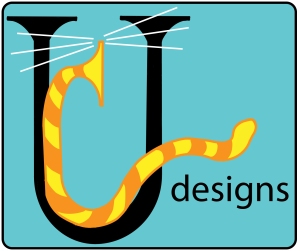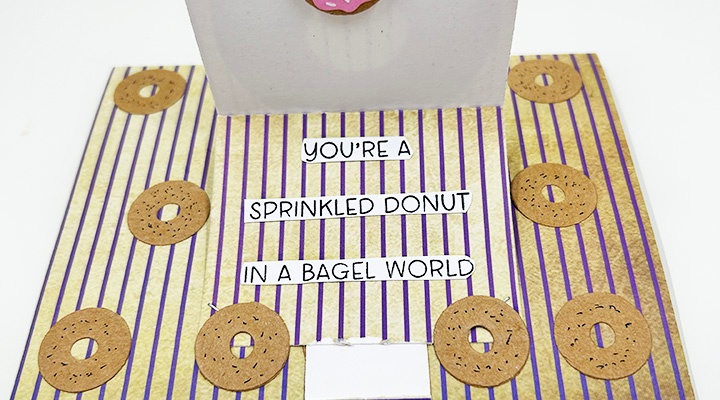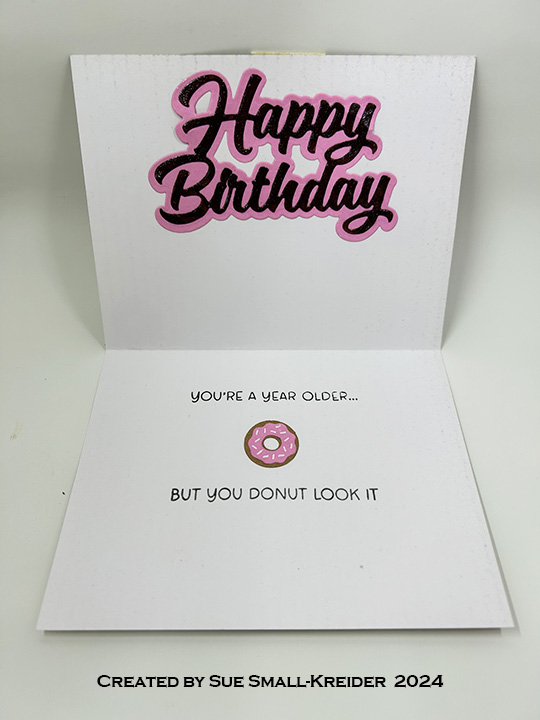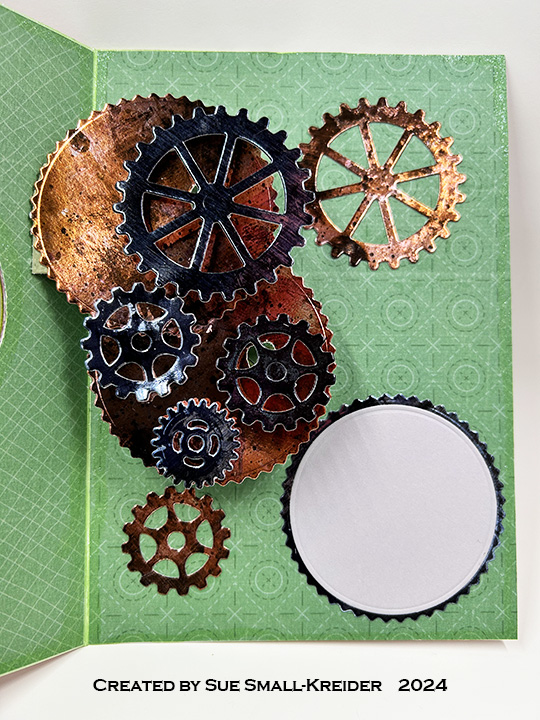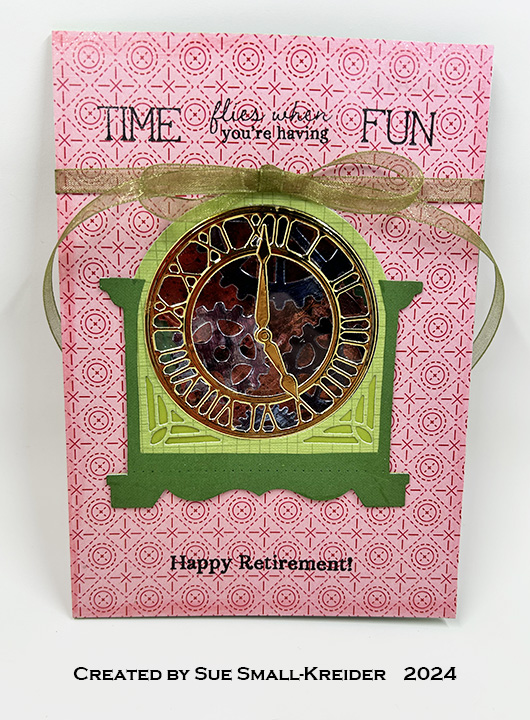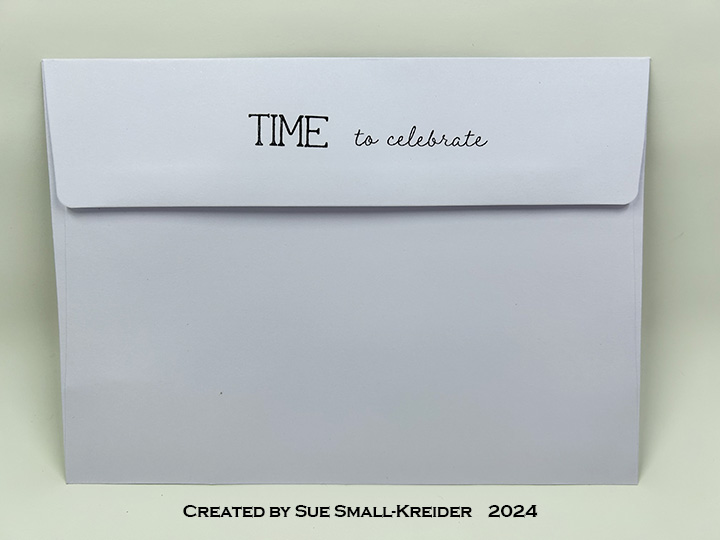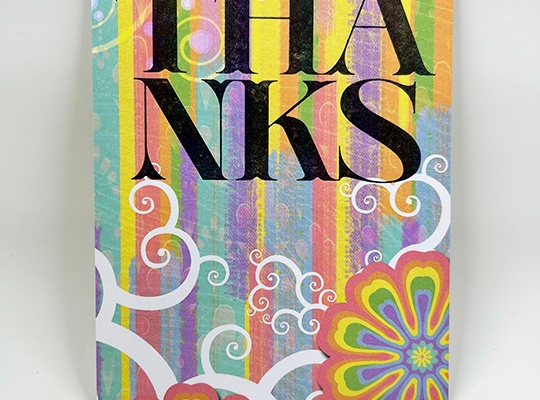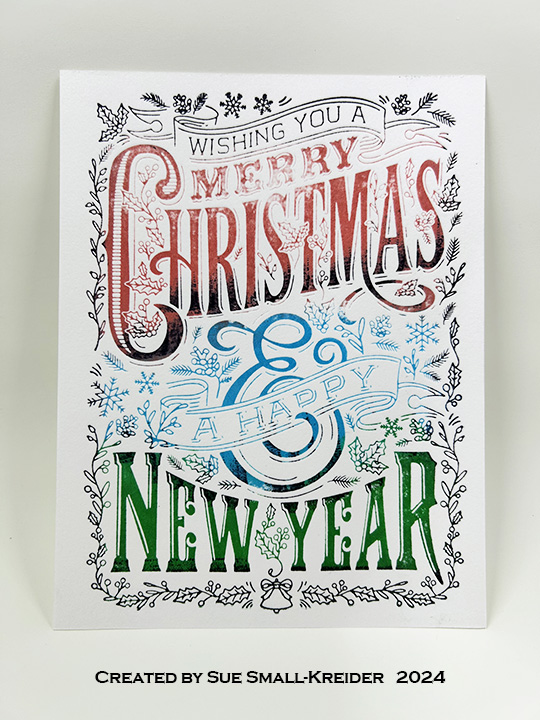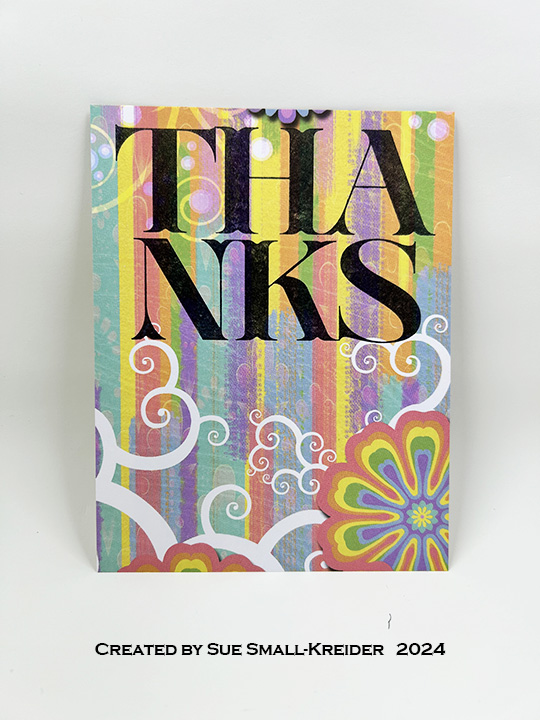This card was made for Craft Roulette #214 whose parameters included for Project – appreciation, candlelight colors, “Leave it to ….” element and retiform.
Cardbase: My finished card only used two rectangles of 9×3 3/4-inches (scored at 1/4-inch) and 8 3/4×3 3/4-inches. (Skip making the small panel.) After decorating front of tabbed rectangle, glue tab to back of smaller rectangle. Cover the card base in patterned paper.

Dancing Letters Mechanism: (Watch Karen Burniston’s Designer Challenge video for my inspiration for my card.) I did not reverse the Tea and Coffee Pop-Up mechanisms as Karen did. I folded all of my mechanisms as they were designed. My strips of plastic were the equivalent of two of the mechanism arm die glued together. Use glue dots or double-sided tape when attaching items to the plastic.

Sentiments: The front sentiment was computer generated and printed on copy paper. Then fussy cut into two lines of words. And glued in place.
Envelope: This card would fit into a #10 business envelope.
______________________________
Thank you for reading this blog post.
I hope this inspires you and makes you smile.
Please like and leave comments 😊
______________________________
Materials Used:
Dies
- Karen Burniston in cahoots with Riley and Company – Tea and Coffee Pop-Up – 1269
- Karen Burniston in cahoots with Riley and Company – Labels – Crosshatch – 1184
- Karen Burniston in cahoots with Riley and Company – Alphabet – 1053
Papers
- Core’dination – 12×12 inch Textured Cardstock – Vintage Collection-Teal Blue
- Stampin’ Up – 12×12 inch Double-Sided Designer Series Paper – Let’ Go Fishing
- Stampin’ Up – 8.5×11 Cardstock – Thick Basic White
- Clear Plastic Packaging
Ink
- Ranger – Tim Holtz – Distress Oxide Ink- Mustard Seed and tumbled Glass
- Pigma – Mircon 01 Fine Tip Pen – Black
Adhesives
Tools
- Die Cutting Machine
- Bone Folder
- Scissors
- Sponge Dauber
- Blending Brush
- Stamping Blocks used as paperweights
